A long, long time ago there was a town where everybody lived happy. They called the little place Happytown. Just like in many towns in the country, the people’s wealth grew.
Then, the garbage in Happytown grew and started stinking. And also, it caused diseases. What to do?
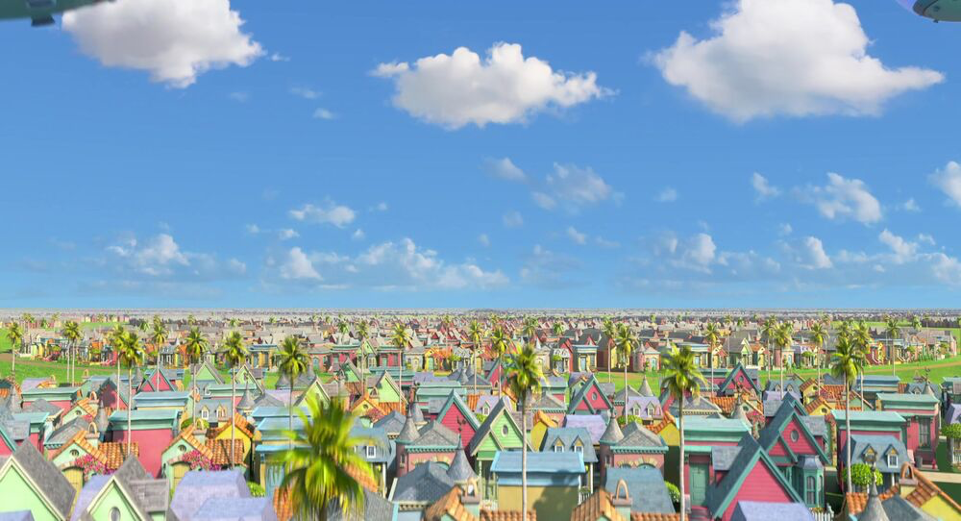
Remove to the landfill
They moved all waste further away. The government of Happytown took care for it with landfills. Everybody recognises that is a pity that all this garbage removal and pieces of land cost money and taxes. But also, everybody thinks it is necessary to handle the problem.
When the consumption grew further, also the amount of waste grew. First the government expanded the landfill, but it simply became too much to put on the landfills.
Remove to landfill and air
So, after a long debate, the government decided there should be a garbage incinerator west of Happytown. It cost some extra money but it was worth it. Well, the Happytowners living closed to it were not happy, because of the smoke, but they moved. And most people could afford cars, so in the weekends they went to nature areas and spend their time there.
The Happytowners’ wealth grew further and everybody could live in bigger houses and could buy more stuff. So, there was more garbage. And also, a second incinerator, but that doubled the garbage costs.

Recycling
As a result, recycling started in Happytown. The main chunk of garbage is the green stuff, vegetation and so on. Each household in Happytown got a separate container. This could be transported to a composting place. And yes, it costs the Happytowners more square miles of land, and also more transport costs and more taxes, but as a Band-aid, the Happytowners can get free fertile soil. Anyhow, it kept the problem contained.
Later new containers came into Happytown. But now on every street corner, to ease off the cost of the infrastructure. There was a container for glass, divided in green, white, brown and blue glass. A container for cloths: cotton, polyester, linen, and one for mixed fabrics. The container for batteries was the most difficult one, because there are about 15 sorts of them, like PbAcid, NiCad, NiMn, FeMn, LiIon, LiFePhO4, and so on. The government issued a list of all of that, but that was hard to understand. But most people could find somebody with the technical education to help you with that. Which is important, because there was a camera on the container to monitor if people complied to it. And next to all extra effort, the taxes to pay all this, rose further.
These taxes kept on rising, because the soil under the old landfills was polluted with all kinds of chemicals, for example, from the batteries. So, this had to be cleaned up.
Still, the welfare of Happytown grew. This extra money was necessary, because if you wanted to go for a nice walk in nature, you had to go by car now. Now that all people had big houses, the roads had to be wide for all the cars in Happytown. When the wind came from the wrong direction, everybody could smell the incinerators. All these fumes are especially bad for your children, and who would hurt them with dirty air? So many people of Happytown went to the beautiful hills of Simpleshire. They mostly stuck together in a camping, and they called it Happycamping. Because they were happy again in the weekends.
Simpleshire. As if the time stood still there. All peace and quiet. The people lived in little houses. An occasional car. Many people could perhaps not afford such car, but they also did not need one. Here they did things the other way. The Happytowners were amazed to see how they dealt with the garbage.
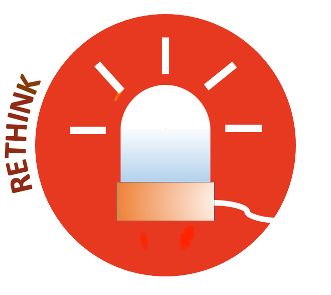
- Rethink
The first thing a Simpleshire man does when he wants to have something, is: think. He asks himself questions like:
“Do I really need this?”
Or: “Do I need this thing, but then a bit different?”
That’s why a Simpleshire household is simple, free of all unnecessary stuff.
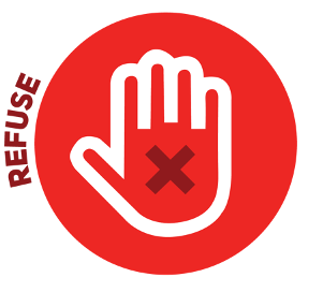
2. Refuse
If a car salesman comes to the door, they simply refuse. “Sorry, I don’t need a car. In case I need one, I am member of Simpleshire Wheel Share.”
The same goes for a lot of other stuff. You just share it, or exchange things.
This rethinking and this refusing prevent most of the garbage.
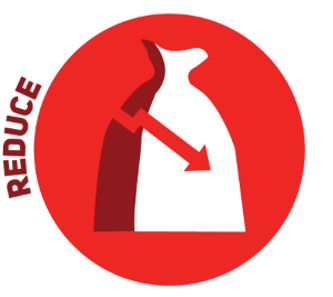
3. Reduce
But there is more yield. These Simpleshire people just take not more than they need. This sounds like common sense, but they really do it. So they insulate the fridge and save 50% of energy, and costs. They leave 2 minutes earlier from home and drive 90 km/hr in stead of 130. This saves 20% of petrol, and costs.
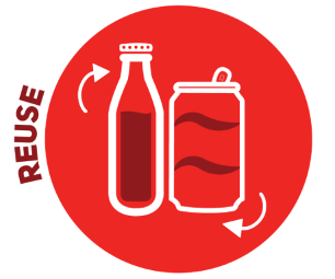
4. Reuse
And, if they have stuff they don’t need, they check if somebody can reuse it. Cloths and toys for kids, car parts, etcetera. It may take some time, but for all sorts of stuff there is a buyer, especially with internet. Sometimes a small repair is needed, but that gives space for negotiation.
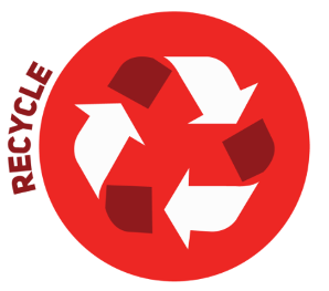
5. Recycle
But in the end, of course they also have garbage. Most of it is green stuff, vegetables and grass and so on. They keep it in a separated corner of the garden, where it rots. It is too small to really stink.
The rest of their garbage is very little, about 10% of what the Happytowners produce. There are still the rechargeable batteries which are dead after 50-100 times. Every 5 years a car picks them up and brings them all to one spot to be sorted out and recycled.
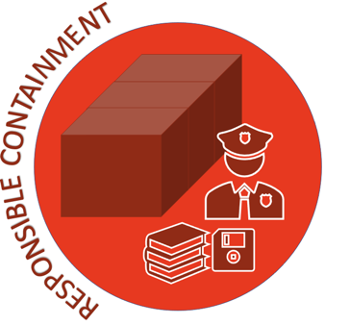
6. Responsible containment
Then, what is left as garbage, is nearly nothing. Therefore, they have a small landfill, which will not even be full for the next centuries. They keep track on what comes in. They registrate it. The keep control, because Simpleshire people want to prevent polluted soil or ground water. They don’t want to compromise the future of their children.
The Happytowners saw that. All people, all companies and the government in Happytown started acting in this following order:
Rethink – Refuse – Reduce – Reuse – Recycle – Responsible Containment
The incinerators in Happytown were not necessary anymore and the air became clean again. People rethought about working at home in stead of standing with their cars in the traffic jams, nose picking and irritating each other. So many people sold their cars. and shared them. The big roads around the town were not necessary anymore. So they made a park there instead, all around the town, which they called “Simpleshire Park”. All Happytowners walked and camped there in the weekends and if a child asked its parent about the name of the park, the parents told them this fairy-tale.
And all Happytown people, all families and companies, lived and worked happily ever after.
– – –
